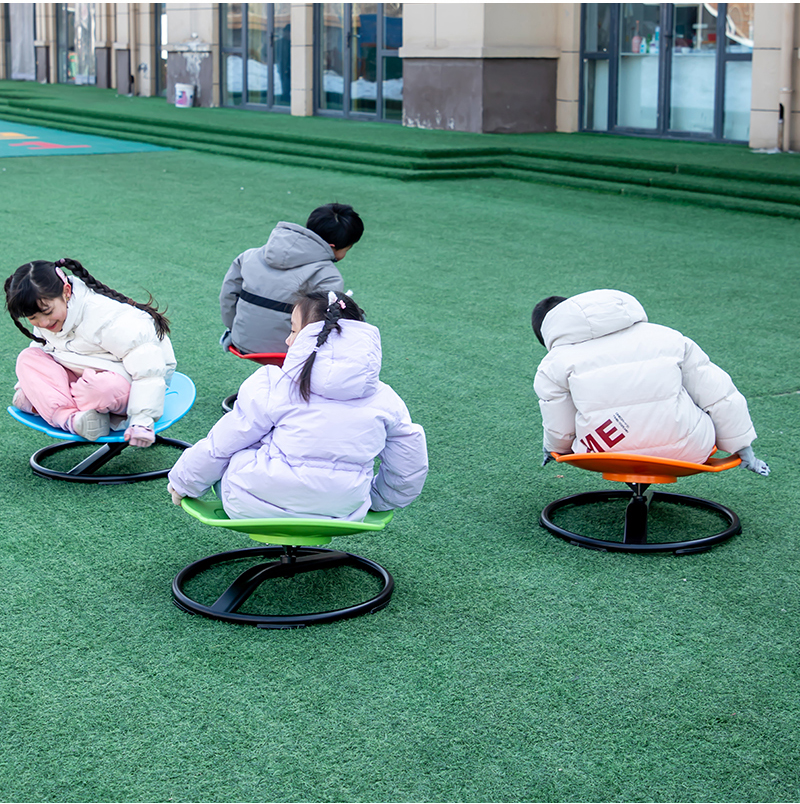Kids on Scooters in the Classroom A New Era of Learning and Play
In recent years, educational environments have experienced a significant transformation as they adapt to the needs and interests of modern students. One of the most exciting trends that have emerged is the introduction of scooters in the classroom. While this idea may sound unconventional at first, it represents a creative fusion of learning and play that has the potential to enhance student engagement, foster physical activity, and encourage collaboration among peers.
Imagine a classroom where students glide effortlessly on scooters, transitioning from one learning station to another. This scenario is becoming increasingly common in schools that prioritize active learning and flexible seating arrangements. Traditional desks and chairs are being replaced with more dynamic options that allow students to move freely, promoting a healthier and more stimulating learning environment. Scooters are not only a fun mode of transportation but also serve as a tool for teachers to facilitate various educational activities.
Kids on Scooters in the Classroom A New Era of Learning and Play
Furthermore, scooters can enhance collaboration among students. Group activities can be transformed into exciting challenges where teamwork and communication are essential. For example, teachers can set up obstacle courses or scavenger hunts that require students to work together while navigating on scooters. These engaging activities not only foster social skills but also create a sense of camaraderie among classmates. When students feel connected to their peers, they are more likely to participate actively and openly share their ideas.
lehuo kids on scooter in classroom

Another important aspect of incorporating scooters into the classroom is the development of motor skills. Riding a scooter requires balance, coordination, and spatial awareness, which are crucial skills for young learners. As students navigate their way through classroom activities, they are also unknowingly honing these abilities. This hands-on experience complements traditional learning methods and addresses different learning styles, making it an inclusive approach for diverse classrooms.
Moreover, the presence of scooters can spark creativity in lesson planning. Teachers can use them as a versatile tool to bring various subjects to life. For instance, during a science lesson, students might explore concepts of physics, such as force and motion, as they ride scooters. In a language arts class, students could create stories inspired by their scooting adventures, promoting writing skills in a fun and engaging way. This integration of movement and learning not only makes lessons more memorable but also caters to students' natural tendencies to play and explore.
Of course, the implementation of scooters in classrooms requires proper safety measures and guidelines. Schools must ensure that students wear helmets and pads to minimize the risk of injury. Additionally, designated scooter zones and clear traffic rules should be established to keep students safe while they engage in this innovative form of learning.
In conclusion, the inclusion of scooters in the classroom represents a progressive step towards creating an engaging and dynamic learning environment. By merging play with education, schools can foster physical activity, enhance collaboration, and support the development of essential skills. As we continue to seek new ways to inspire and motivate students, scooters may very well become a staple of modern education, proving that learning can be both effective and enjoyable. Embracing this playful approach not only benefits students but also cultivates a more vibrant and interactive educational experience.
-

 Scoot&RideKids Child Kick Push Scooter 3 Wheels with LED Flashing Tilt Lean Boys Girls Scooter
Scoot&RideKids Child Kick Push Scooter 3 Wheels with LED Flashing Tilt Lean Boys Girls Scooter




- 4
$33.17 -

 Scoot&RideKids Scooter Child Kick Flashing LED Light Up 3 Wheel Push Adjustable Folding 3
Scoot&RideKids Scooter Child Kick Flashing LED Light Up 3 Wheel Push Adjustable Folding 3- 0
$25.52 -

 Scoot&RideKids Scooter Child Kick Flashing LED Light Up 3 Wheel Push Adjustable Folding 2
Scoot&RideKids Scooter Child Kick Flashing LED Light Up 3 Wheel Push Adjustable Folding 2- 0
$33.17 -

 Scoot&RideKids Scooter Teens Foldable Kick Push Scooter Adjustable Height Safe 2 Wheels
Scoot&RideKids Scooter Teens Foldable Kick Push Scooter Adjustable Height Safe 2 Wheels




- 4
$49.99
Meet our partners and discover what powers their creativity!
When you register for a Lohas scooter, you will receive a 10% discount on your first order and can be notified of sales, new product launches and other offers in advance.









